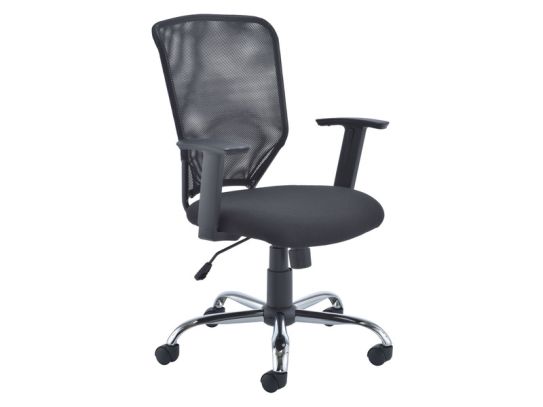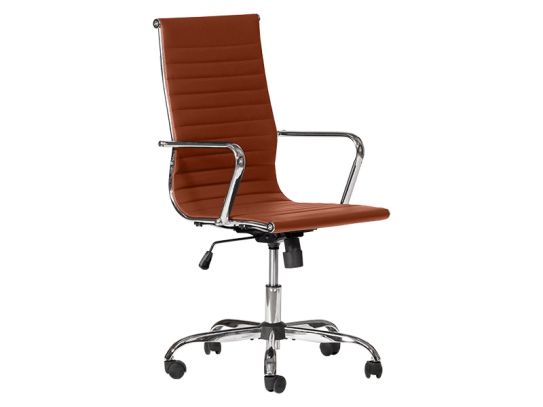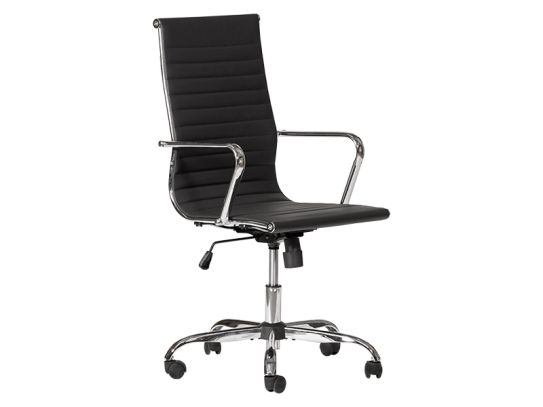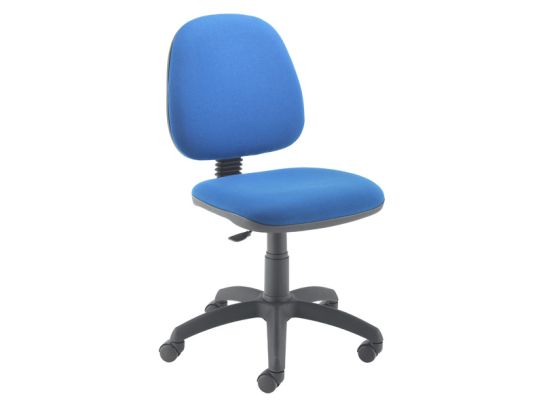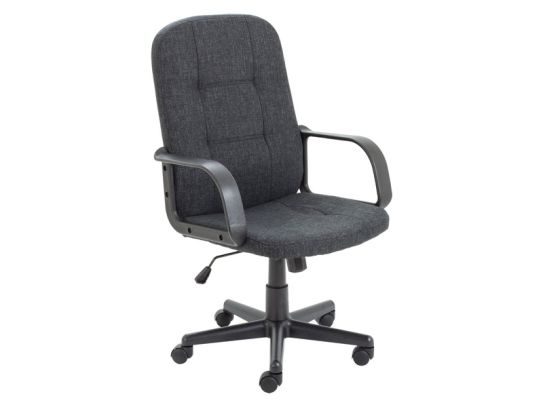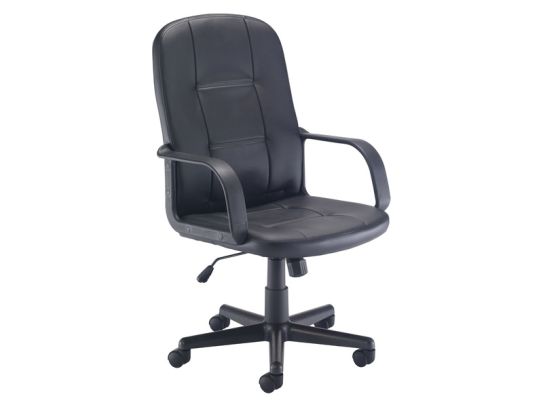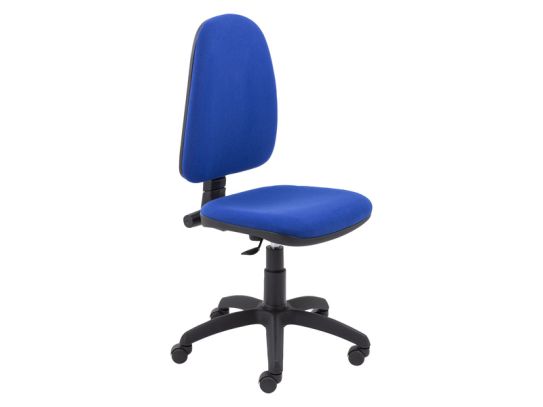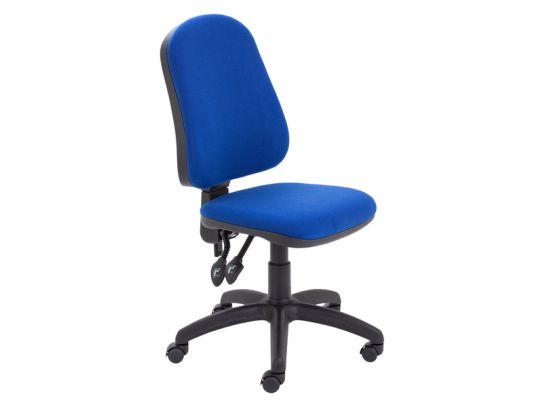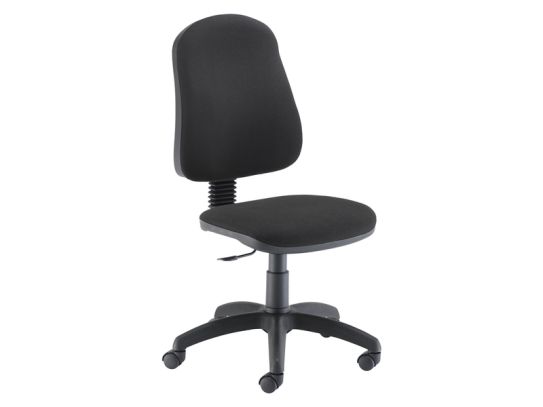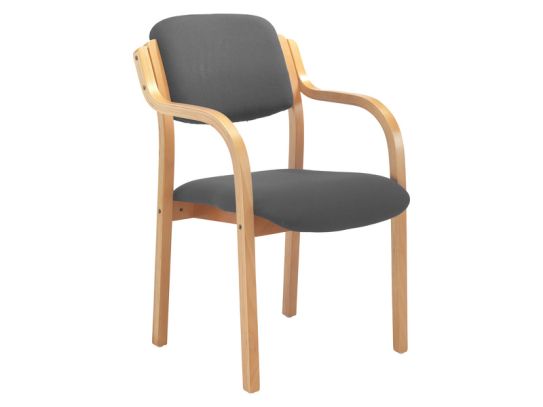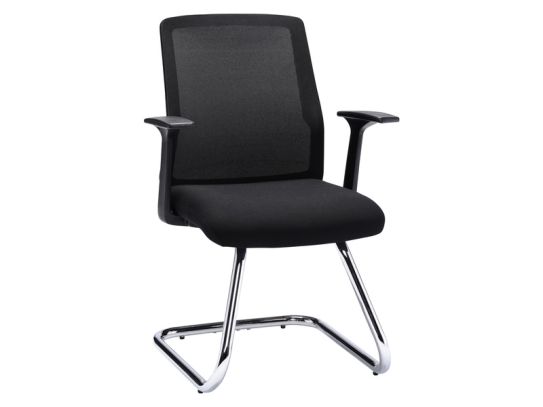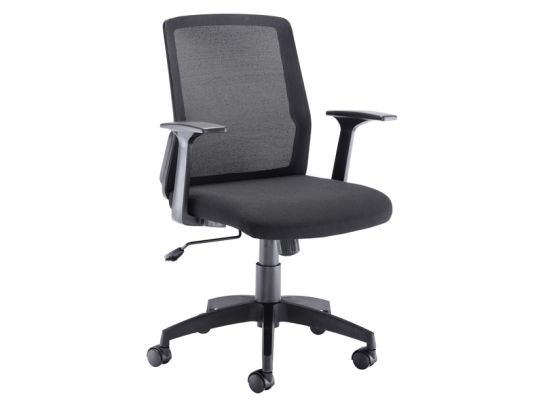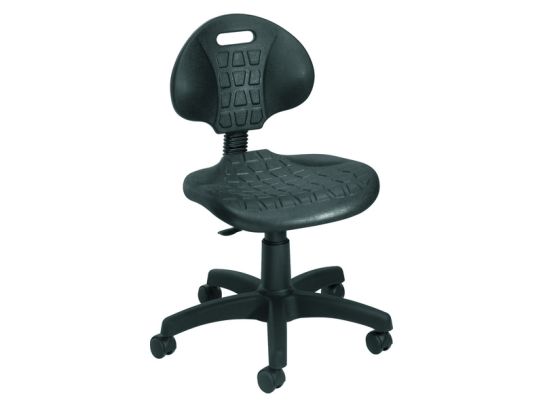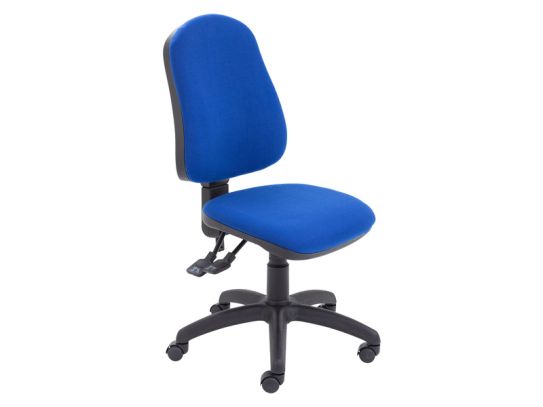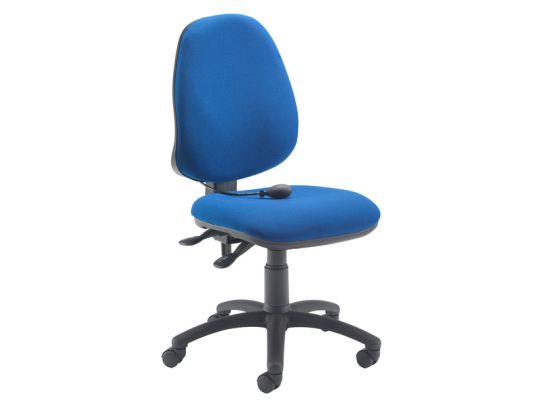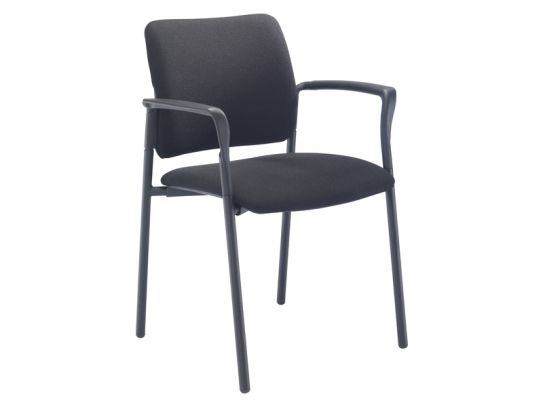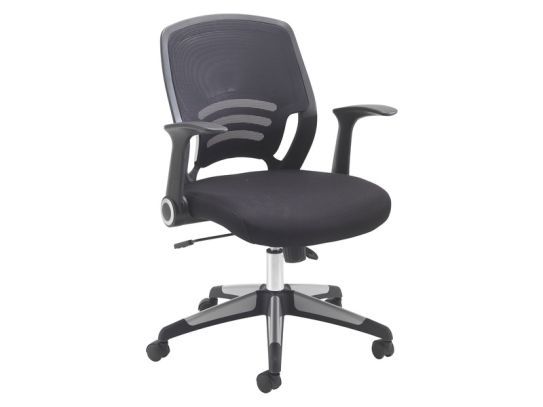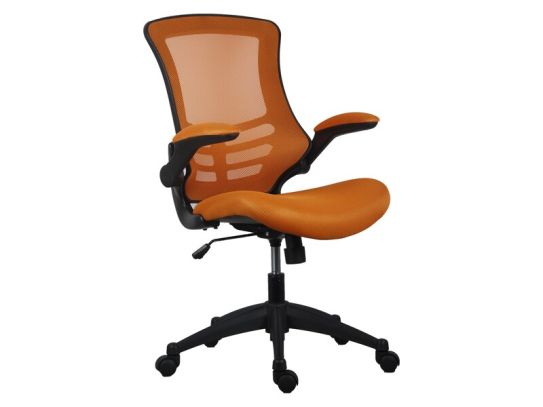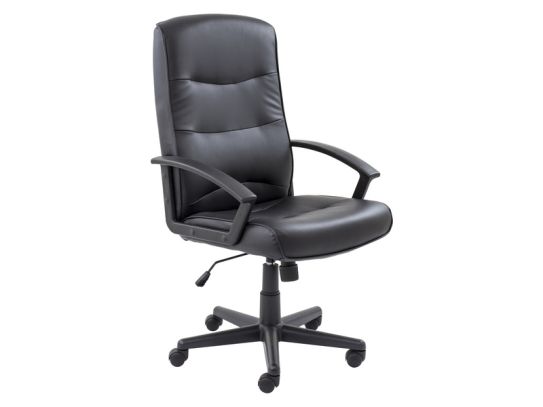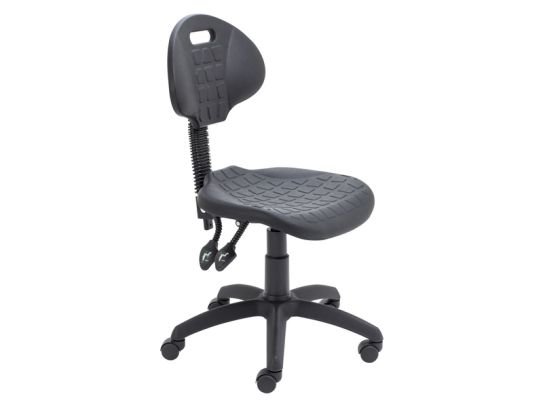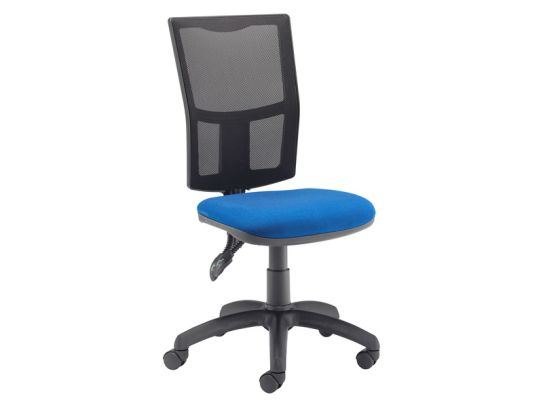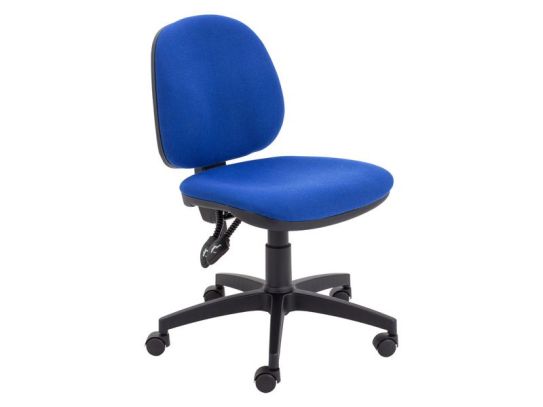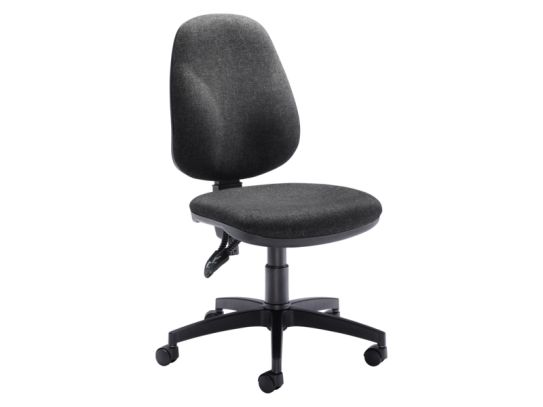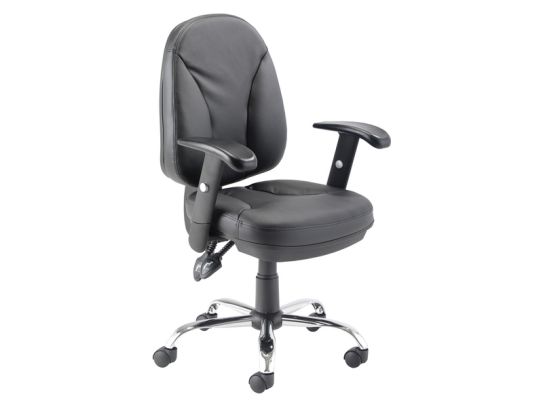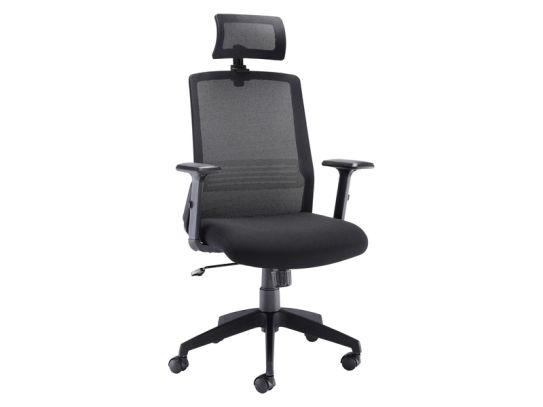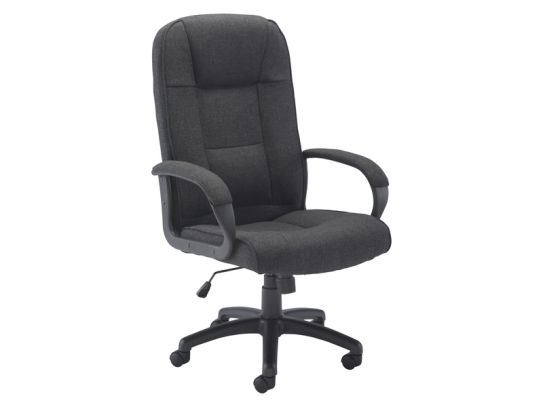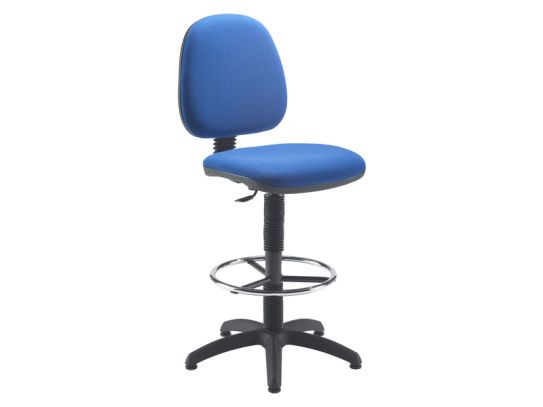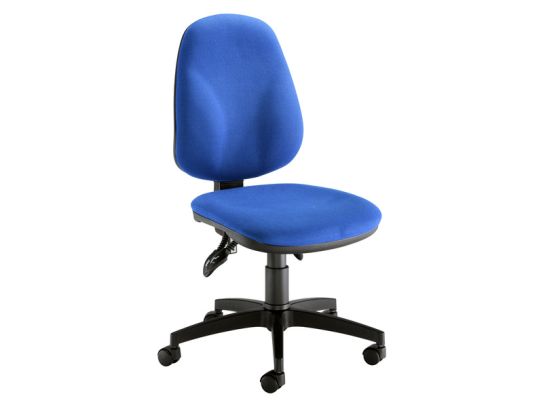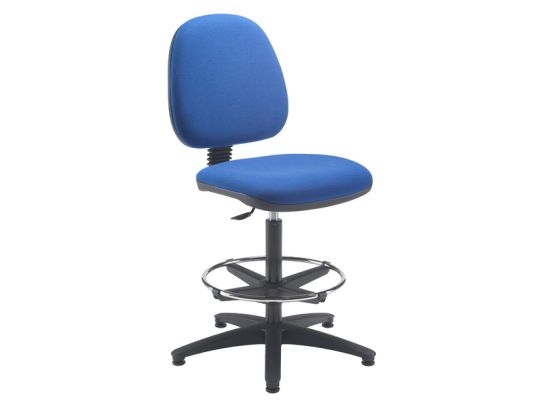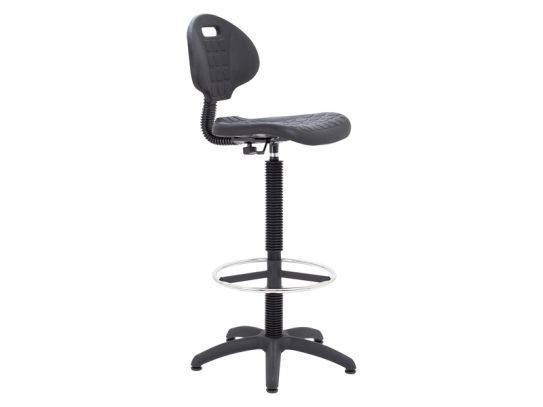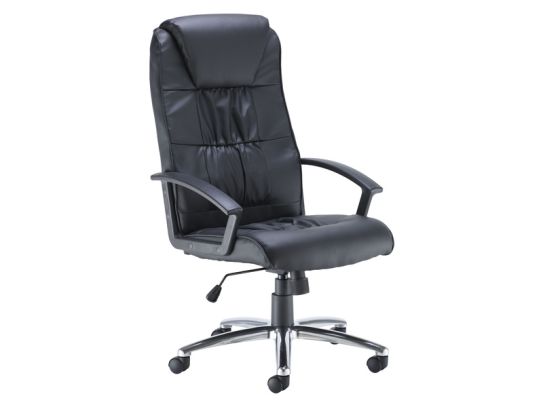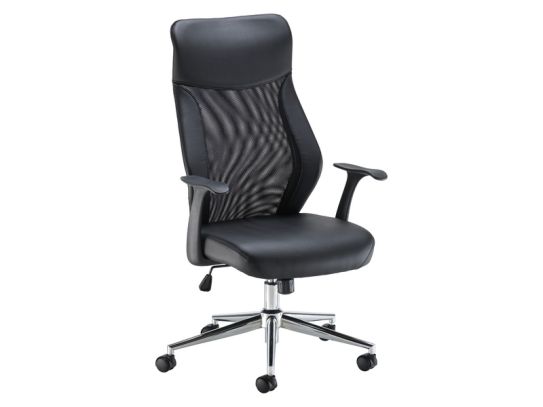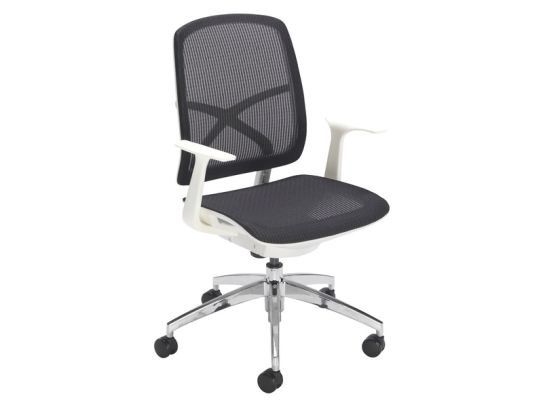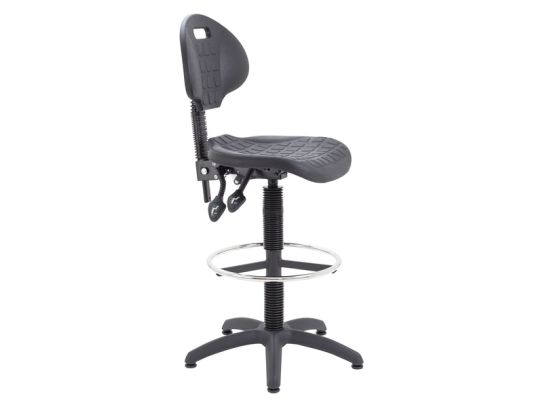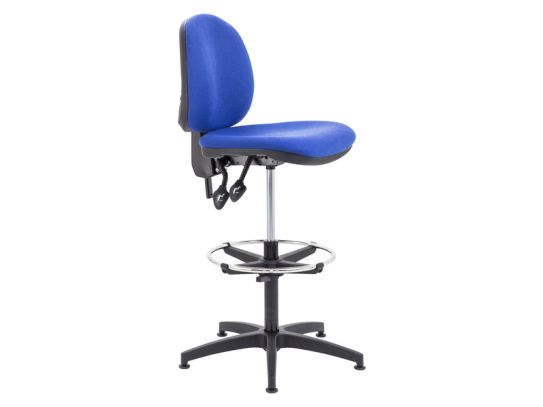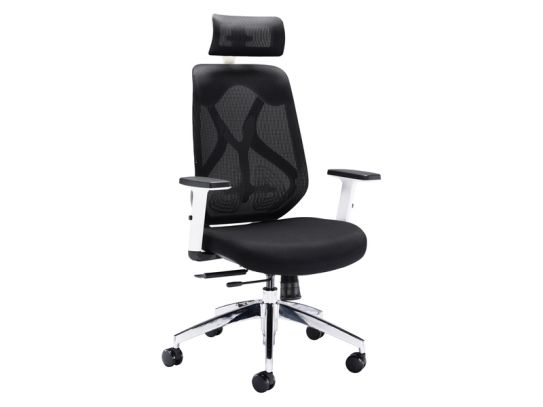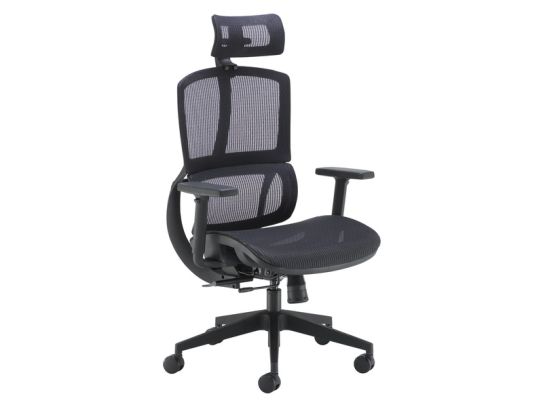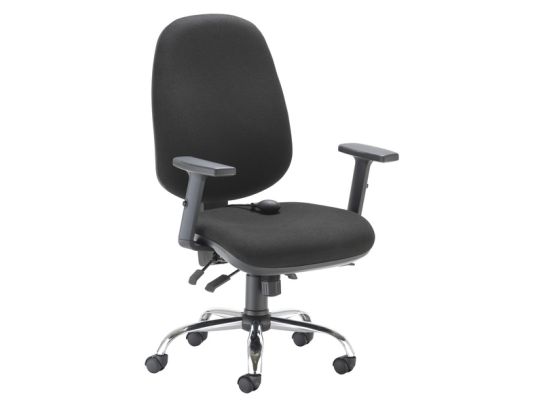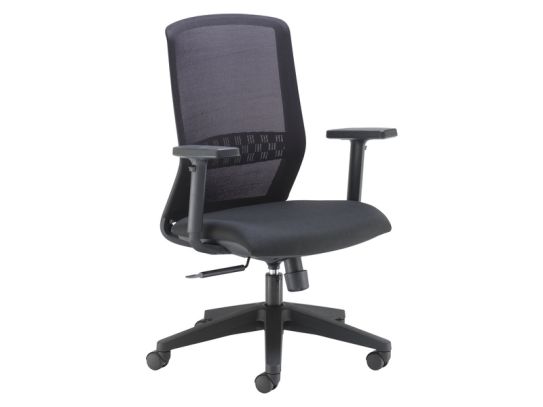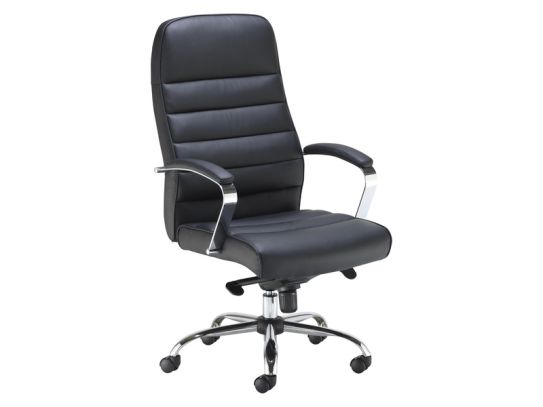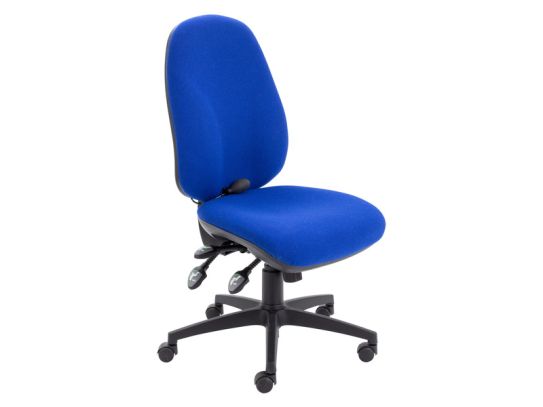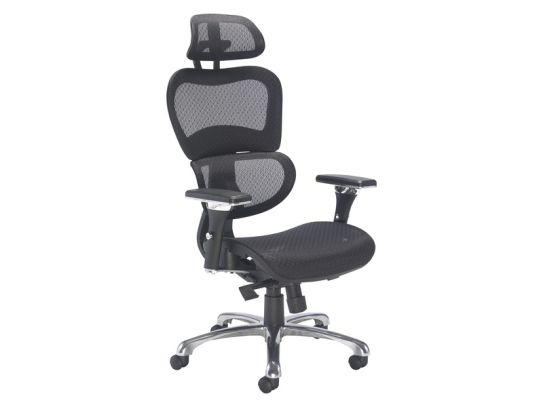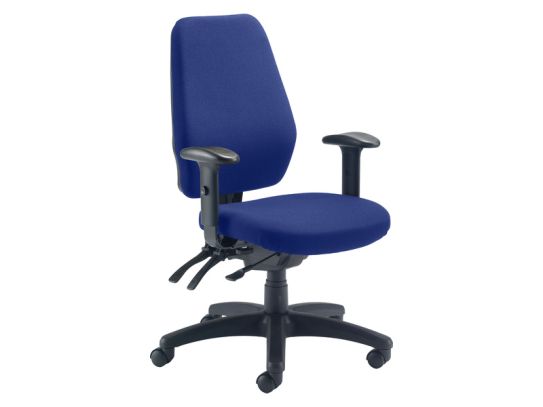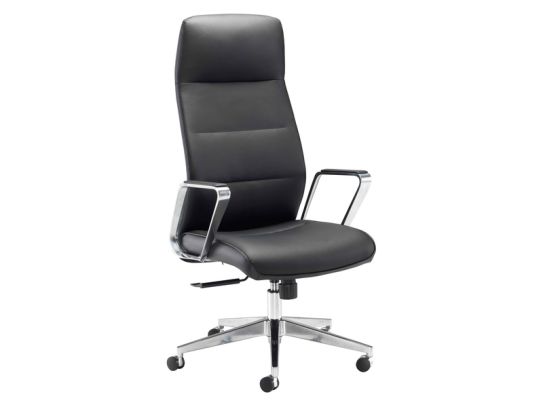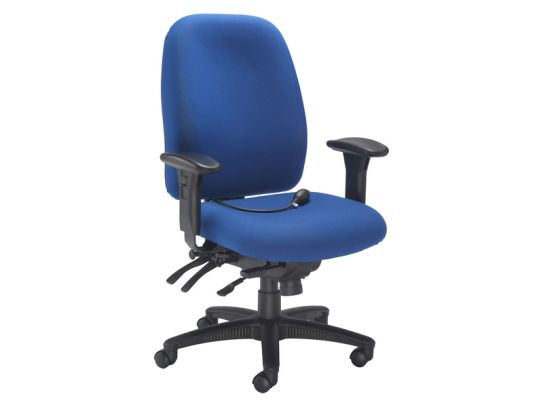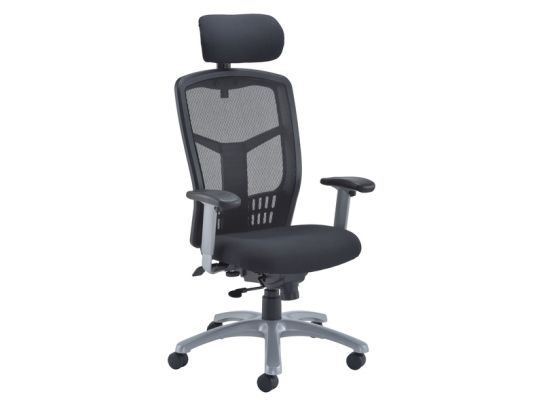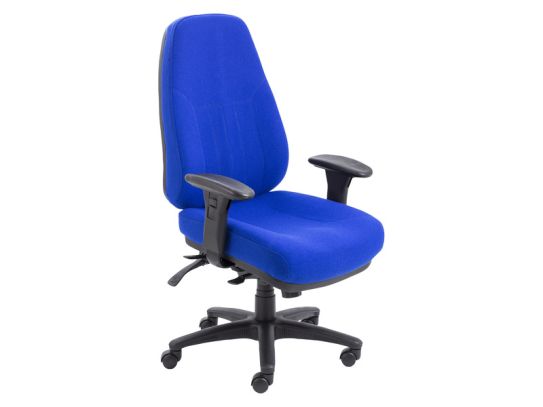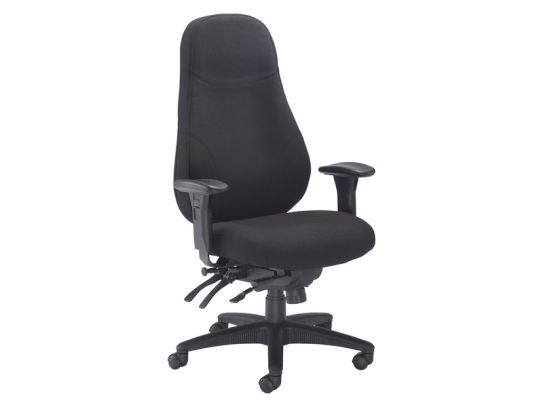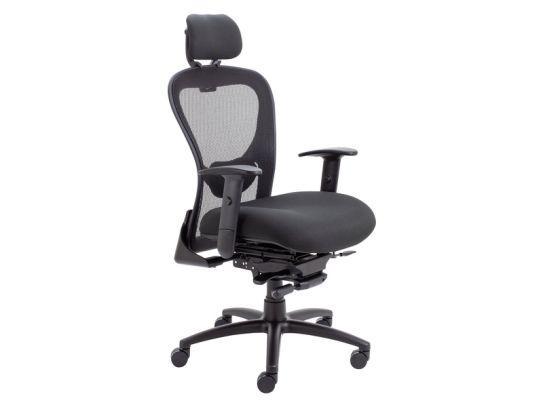Office Seating
Looking for an office chair that combines style and comfort? Our leather office chairs are the perfect choice. With a sleek and sophisticated design, these chairs will add a touch of class to any workspace. Plus, they're made with plush cushions and other features to provide ultimate comfort.
Stay Productive and Comfortable With Our Durable and Adjustable Office Seating
Welcome to our range of office seating! We have everything you need to make your work day comfortable and productive. Whether you're in a traditional office or a home office, we have the perfect chair for you.
Our swivel chairs allow you to easily move and pivot in any direction, making it easy to collaborate with coworkers or reach for items on your desk. Our leather chairs add a touch of sophistication to any space and provide ultimate comfort with their plush cushions.
For those working from home, our home office chairs provide the support you need to stay focused and comfortable throughout the day. And for those in workshop or industrial environments, our workshop chairs are durable and built to withstand the rigours of daily use.
We also have a variety of visitor chairs, including draughtsman chairs and mesh chairs, to provide comfortable seating for your guests. And for those looking to improve their posture, our ergonomic chairs are designed to support and encourage proper alignment.
No matter what your needs are, we have a chair that will fit your style and budget. Upgrade your workspace today with our range of office seating!
What Is Office Seating?
Office seating refers to chairs and other types of seating that are designed for use in an office setting. This can include chairs for a desk, conference room chairs, and seating for other common areas in an office, such as lobbies or break rooms. Office seating is typically designed to be comfortable, supportive, and durable, as people often spend a significant portion of their day sitting in an office chair. The type of office seating that is most suitable for a particular person or workspace will depend on factors such as the person's size and body shape, the tasks they will be performing while seated, and the overall design and layout of the office space.
What Are the Different Types of Office Seating?
There are many different types of office seating available, including:
- Desk chairs: These are chairs that are used at a desk or workstation. They are designed to be comfortable and supportive for long periods of sitting, and typically have features such as adjustable height, lumbar support, and armrests.
- Conference room chairs: These are chairs that are used in conference rooms or other areas where people gather to meet and discuss business. They are often more formal in style and may have additional features such as casters for ease of movement.
- Lobby chairs: These are chairs that are typically placed in a lobby or reception area. They are usually more decorative and may be designed to make a statement or to create a particular atmosphere.
- Break room chairs: These are chairs that are placed in break rooms or other common areas where employees can relax and take a break from work. They may be more casual in style and may be designed for comfort rather than support.
- Stacking chairs: These are chairs that can be easily stacked and stored when not in use. They are often used in situations where there is a need for flexible seating arrangements, such as in conference rooms or training rooms.
- Ergonomic chairs: These are chairs that are designed to promote proper posture and alignment, which can help reduce the risk of musculoskeletal problems such as back pain. They may have features such as adjustable lumbar support, adjustable armrests, and adjustable seat height.
- Guest chairs: These are chairs that are used in offices to provide seating for visitors or clients. They may be more decorative in style and may not have the same level of adjustability as other types of office seating.
- Stools: These are seats that are typically used in settings where people will be sitting for shorter periods of time. They may have features such as footrests and swivel bases.
What Are the Key Features to Consider When Choosing Office Seating?
There are several key features to consider when choosing office seating, including:
- Comfort: It's important to choose a chair that is comfortable to sit in for long periods of time. Look for features such as padded seats and backrests, lumbar support, and adjustable armrests.
- Support: Proper support is essential to help reduce the risk of musculoskeletal problems such as back pain. Look for chairs with adjustable lumbar support and good lower back support.
- Adjustability: Being able to adjust the chair to fit your body and the tasks you will be performing is important for comfort and support. Look for chairs with adjustable height, armrests, and backrests.
- Durability: Office chairs get a lot of use, so it's important to choose one that is built to last. Look for chairs with sturdy frames and high-quality materials.
- Size and fit: Choose a chair that is the right size for your body and the space you have available. Consider factors such as the seat width and depth, and the height of the backrest.
- Style: Choose a chair that fits the style and decor of your office. There are many different styles available, from traditional to modern, so you can find one that fits your personal taste.
- Price: Consider your budget when choosing an office chair. Keep in mind that investing in a higher-quality chair may save you money in the long run, as it will be more durable and comfortable.
How Do I Care for My Office Chair?
To keep your office chair in good condition, here are some tips for care and maintenance:
- Follow the manufacturer's recommendations for care and maintenance. This may include regular cleaning, tightening any loose screws, and replacing worn parts.
- Keep your chair clean by wiping it down with a soft, dry cloth or a cloth dampened with a mild cleaner. Avoid using harsh chemicals or abrasive cleaners, as these can damage the chair's surface.
- If your chair has removable cushions, remove them and flip them over periodically to ensure even wear.
- Tighten any loose screws or bolts to ensure that the chair is stable and secure.
- If your chair has casters, keep them clean and free of debris to ensure smooth movement. You can use a soft brush or a vacuum to remove dirt and dust.
- If your chair has a gas lift mechanism, make sure to lubricate it periodically to ensure smooth operation. Consult the owner's manual or the manufacturer's website for specific instructions.
- Consider using a chair mat to protect your floor and make it easier to move your chair around. Choose a mat that is appropriate for the type of flooring you have.
By following these tips, you can help keep your office chair in good condition and extend its lifespan.
How Long Should an Office Chair Last?
The lifespan of an office chair will depend on several factors, including the quality of the chair, how often it is used, and how well it is cared for. In general, a high-quality office chair should last for several years with proper care.
Factors that can affect the lifespan of an office chair include:
- Quality of materials: A chair made with high-quality materials such as sturdy frames and durable upholstery will generally last longer than a chair made with lower-quality materials.
- Frequency of use: A chair that is used frequently will naturally experience more wear and tear than a chair that is used less often.
- Weight of the user: A chair that is designed to support a higher weight capacity will generally last longer than a chair with a lower weight capacity.
- Maintenance: Proper care and maintenance, such as regular cleaning and tightening of any loose screws, can help extend the lifespan of an office chair.
It's important to keep in mind that even with proper care, office chairs will eventually wear out and need to be replaced. If you start to notice issues such as excessive wear or instability, it may be time to consider replacing your chair.
Are There Any UK or European Industry Standards or Regulations That Apply to Office Seating?
There are several industry standards and regulations that apply to office seating in the UK and Europe, including:
- The Furniture and Furnishings (Fire) (Safety) Regulations 1988: These regulations apply to all upholstered furniture and furnishings, including office chairs. They require that such items meet certain fire resistance standards.
- The European Union (EU) Directive on the Ergonomic Requirements for Office Work with Visual Display Terminals (VDTs): This directive sets out ergonomic requirements for office chairs and other furniture used in conjunction with VDTs. It requires that such items be designed to support the user in a seated position, with adjustable features to allow the user to find a comfortable and healthy working posture.
- The Health and Safety (Display Screen Equipment) Regulations 1992: These regulations apply to workers who use VDTs as a significant part of their normal work. They require employers to assess the risks associated with VDT work and to take appropriate measures to reduce those risks. This may include providing ergonomic office chairs and other furniture.
- The European standard EN 1335: This standard sets out ergonomic requirements for office chairs and other seating products. It covers factors such as adjustability, stability, and durability.
By complying with these standards and regulations, manufacturers of office seating can help ensure that their products are safe and comfortable for users.
